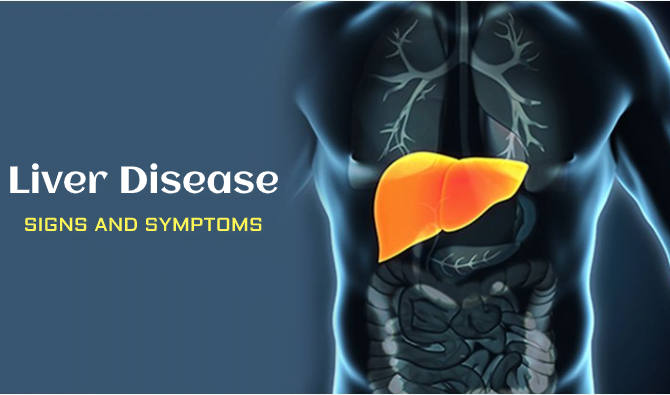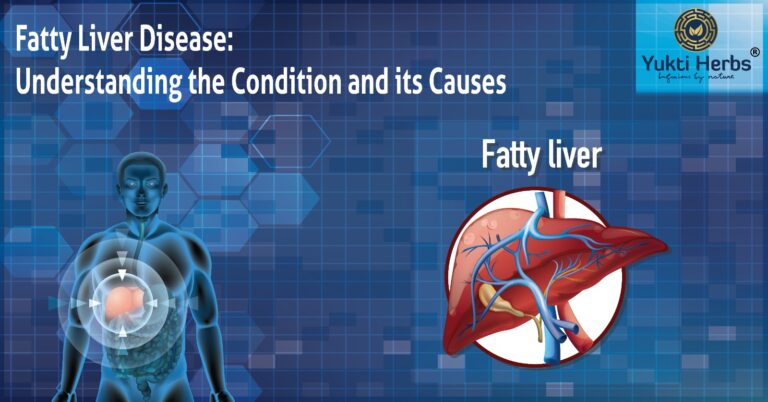Fatty liver disease, medically known as hepatic steatosis, is a health condition in which fat accumulates in the liver cells. Fatty Liver Condition is becoming increasingly common globally and is often associated with high cholesterol levels, obesity, and type 2 diabetes. This article will discuss the causes and symptoms of fatty liver disease, as well as its prevention and treatment options.
Causes of Fatty Liver Disease:
Fatty liver disease is classified into two types: alcoholic fatty liver disease (AFLD) and non-alcoholic fatty liver disease (NAFLD). AFLD is caused by excessive consumption of alcohol, while NAFLD is not linked to alcohol consumption and is often associated with obesity, insulin resistance, and metabolic syndrome.
Obesity is a significant risk factor for fatty liver disease as it can lead to insulin resistance and metabolic syndrome. Insulin resistance occurs when the body’s cells become less sensitive to insulin, a hormone that regulates blood sugar levels. When insulin resistance occurs, the liver may start to produce more glucose, leading to the accumulation of fat in the liver cells.
Metabolic syndrome is a cluster of conditions that co-occur, including obesity, high blood pressure, high cholesterol, and insulin resistance. These conditions can all contribute to the development of fatty liver disease.
Symptoms of Fatty Liver Disease:
Fatty liver disease often has no symptoms in the early stages. However, as the condition progresses, some people may experience:
- Fatigue
- Abdominal pain and discomfort
- Enlarged liver
- Jaundice (yellowing of the skin and eyes)
- Swelling in the legs and ankles
- Confusion and difficulty concentrating
If you are experiencing any of these symptoms, it is important to speak with your healthcare provider as soon as possible.
Prevention of Fatty Liver Disease:
The best way to prevent fatty liver disease is by adopting and maintaining a healthy lifestyle. This includes:
- Eating a healthy diet that is low in saturated and trans fats, and high in fiber, fruits, and vegetables.
- Exercising regularly and maintaining a healthy weight.
- Limiting alcohol consumption.
- Managing any existing health conditions, such as diabetes and high cholesterol.
Treatment of Fatty Liver Disease:
The Ayurvedic treatment of fatty liver disease will depend on the underlying cause of the condition. If the condition is related to alcohol consumption, the first step in treatment will be to stop drinking alcohol. If the condition is related to obesity and metabolic syndrome, lifestyle changes such as diet and exercise may be recommended.
In some cases, medication may be prescribed to help reduce inflammation and improve liver function. For example, medications such as pioglitazone, vitamin E, and Livo Savior have been shown to be effective in treating fatty liver disease.
In severe cases, where there is significant liver damage, a liver transplant may be necessary.
Conclusion:
Fatty liver disease is a common health condition that can be caused by various factors, including obesity, high cholesterol, and type 2 diabetes. Maintaining a healthy lifestyle is the best way to prevent fatty liver disease, and treatment options depend on the underlying cause. It is essential to consult a healthcare professional if you experience any symptoms of fatty liver disease.
References:
- Mayo Clinic. (2022, February 16). Fatty Liver Disease. Mayo Clinic. https://www.mayoclinic.org/diseases-conditions/nonalcoholic-fatty-liver-disease/symptoms-causes/syc-20354567
- National Institute of Diabetes and Digestive and Kidney Diseases. (2020, November). Definition & Facts of NAFLD & NASH. National Institute of Diabetes and Digestive and Kidney Diseases. https://www.niddk.nih.gov/health-information/liver-disease/nafld-nash/definition












[…] Fatty liver is a health condition in which fat accumulates in the liver cells. Understand Fatty Liver Condition and Causes by our Ayurveda Experts […]